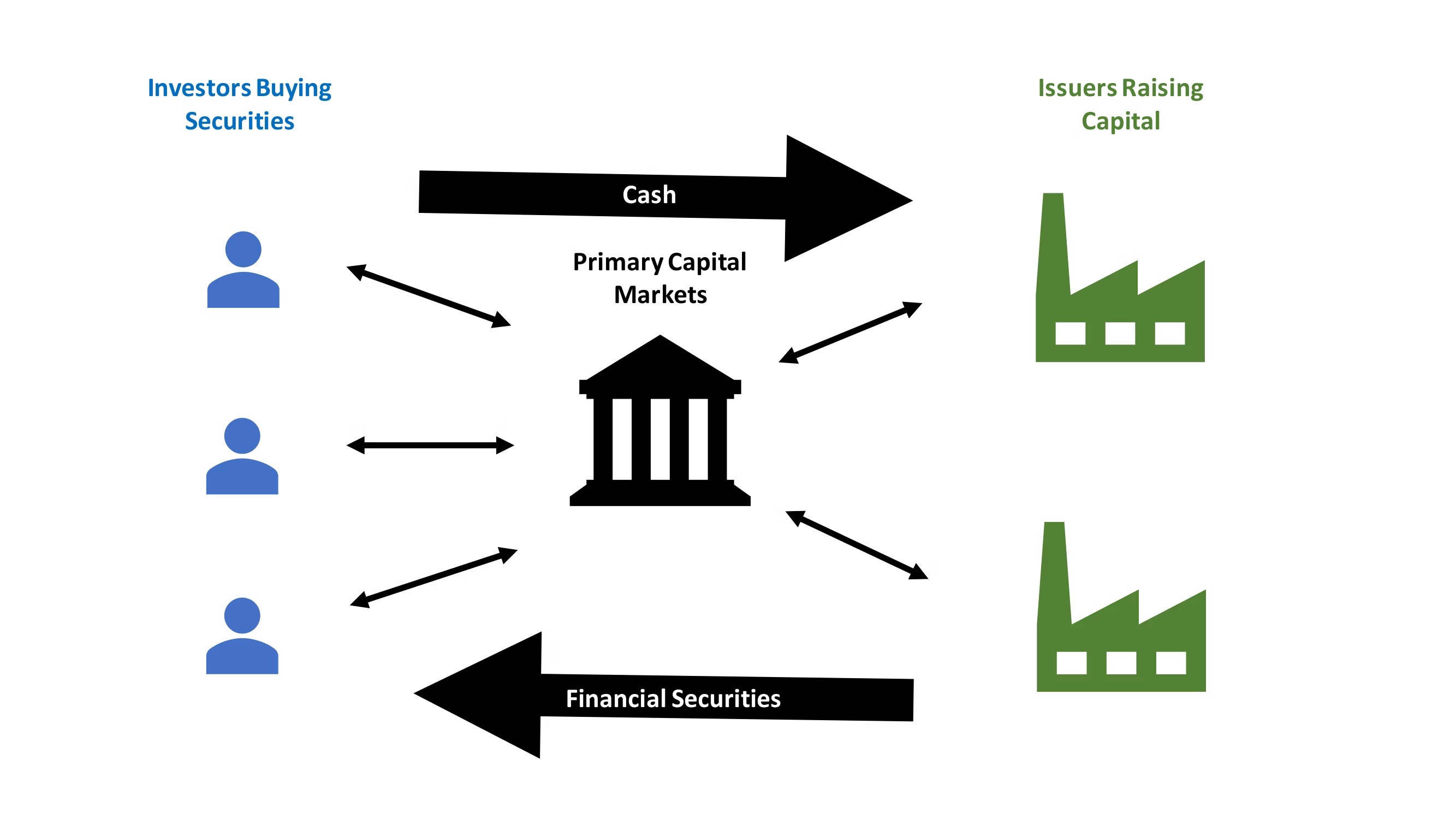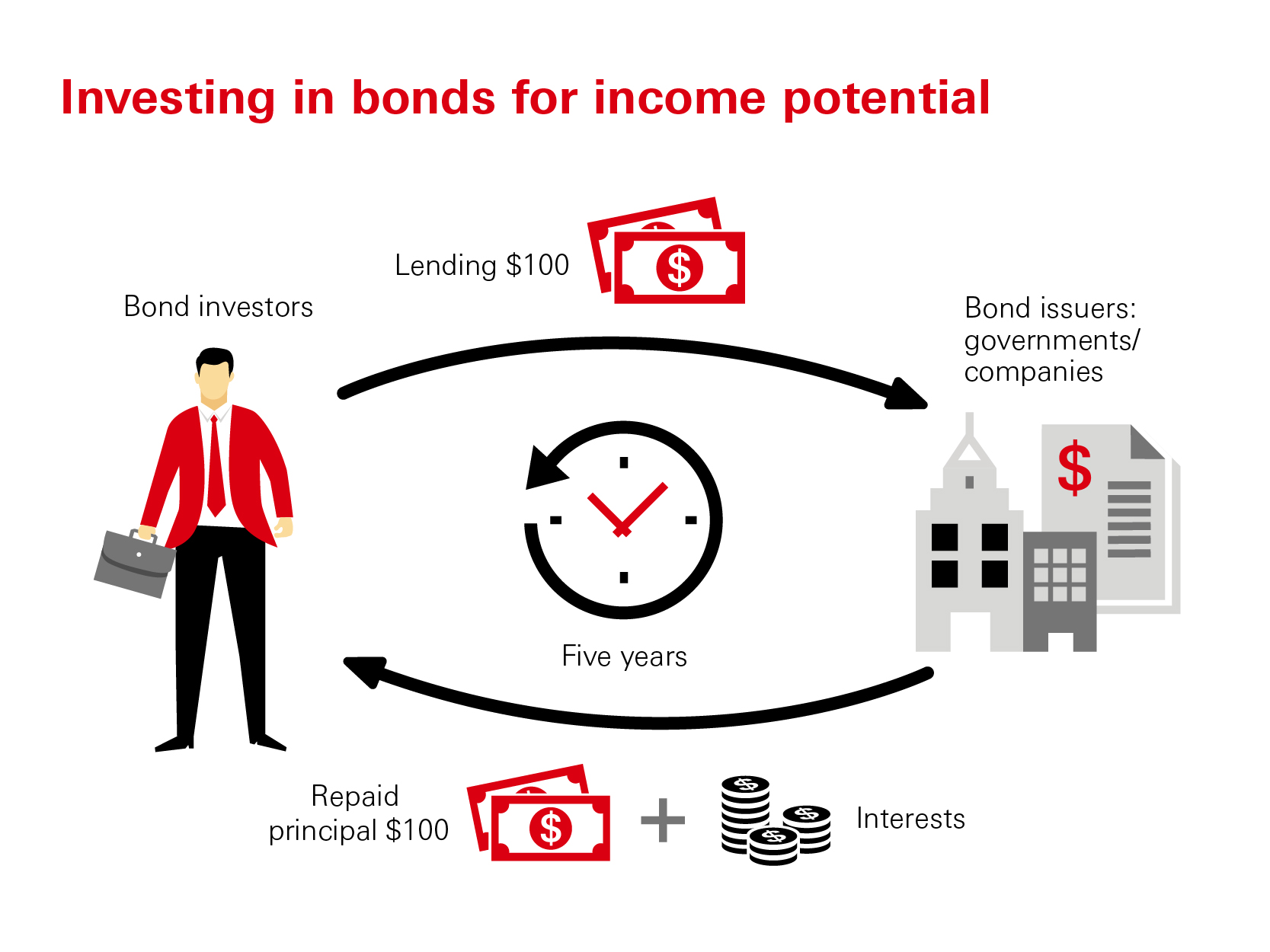

Finance
Either-Way Market Definition
Published: November 17, 2023
Learn about the definition of either-way market in finance. Understand the concept and its significance in the financial industry.
(Many of the links in this article redirect to a specific reviewed product. Your purchase of these products through affiliate links helps to generate commission for LiveWell, at no extra cost. Learn more)
Understanding and Navigating the Either-Way Market in Finance
In the ever-fluctuating realm of finance, investors often encounter various market conditions that can impact their decision-making. One such condition is the either-way market, a term that may be unfamiliar to many. In this blog post, we will delve into the definition and implications of an either-way market, helping you understand how to navigate this unique financial landscape.
Key Takeaways:
- An either-way market is characterized by alternating periods of bullish and bearish sentiment, making it challenging to predict market movements.
- Investors in an either-way market should adopt a diversified approach, carefully analyzing potential risks and opportunities.
What is an Either-Way Market?
An either-way market refers to a market condition where investors experience alternating bullish and bearish phases with no clear dominant trend. In this scenario, asset prices can fluctuate in both upward and downward directions, making it difficult to determine market sentiment. Consequently, predicting short-term market movements becomes challenging, impacting investment strategies.
During an either-way market, investors often encounter increased market volatility, uncertainty, and indecisiveness. This occurs as bullish runs are followed by bearish corrections, leading to periods of stagnation or consolidation. In such a market, there may not be a clear trend or direction, making it crucial for investors to adjust their approach accordingly.
Navigating an Either-Way Market
Understanding how to navigate an either-way market can help investors make informed decisions and mitigate risks. Here are a few strategies to consider:
- Adopt a diversified investment approach: An either-way market calls for diversification across different asset classes and sectors. By spreading investments across various categories, investors can minimize potential losses and take advantage of potential gains if one sector outperforms others.
- Analyze risks and probabilities: In an either-way market, thorough risk analysis is crucial. Investors should carefully evaluate potential risks associated with their investments and calculate the probabilities of various outcomes. This information can help make informed decisions and create a risk management strategy.
- Stay alert and adaptable: Market conditions can change rapidly in an either-way market. Investors must remain vigilant and adapt their strategies as needed. Monitoring economic indicators, news, and market sentiment can provide valuable insights to inform investment decisions.
- Seek expert advice: Especially in complex market conditions, seeking advice from financial professionals or experts can provide valuable guidance. Their experience and knowledge can help navigate the nuances of an either-way market more effectively.
Conclusion
While an either-way market may seem daunting, understanding its definition and implications can empower investors to make more informed decisions. By diversifying their investments, thoroughly analyzing risks, remaining adaptable, and seeking expert advice, investors can navigate the dynamic waters of an either-way market with confidence.
Remember, market conditions can change and evolve, so it’s essential to stay informed, adapt, and continuously educate yourself to navigate the ever-changing landscape of finance.













